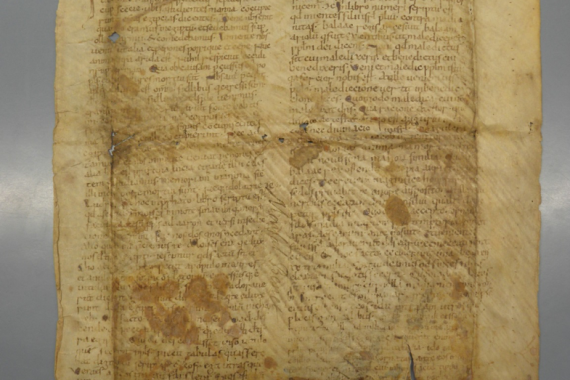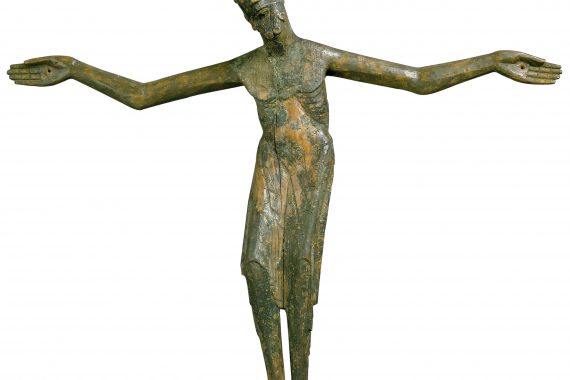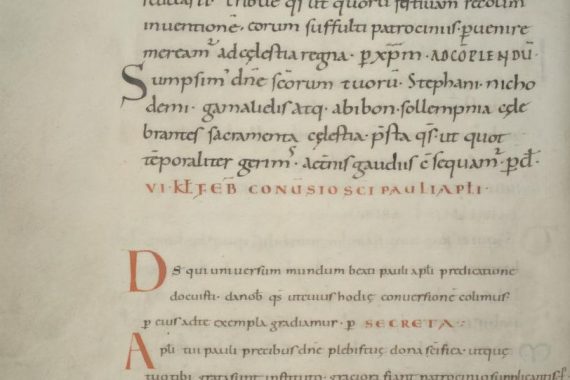The End of After Empire
After three years, it’s finally time for the After Empire project to come to a close. Over the course of our project, our ten members have been hard at work collaborating with each other and with people both inside and outside of academia on tenth- and eleventh-century history in a variety of forms. In addition…








